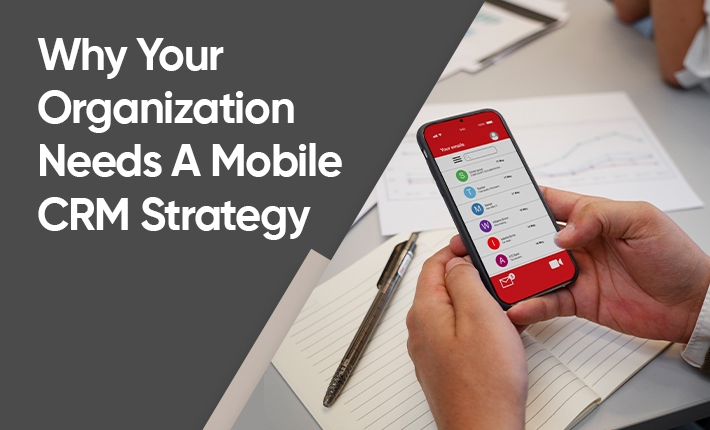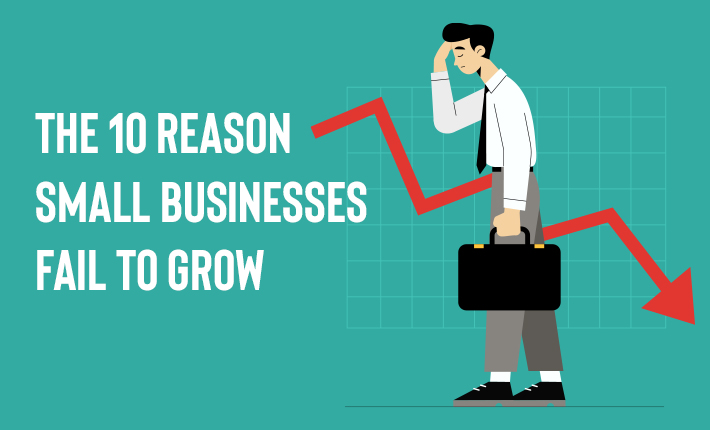The customer experience determines the life or death of your company. To produce satisfying results, it needs to coordinate the efforts of its culture, resources, structure, marketing, and sales departments.
While emphasizing the product and striving to sell as much of it as possible is normal, you can no longer afford to downplay the significance of implementing a customer-centric strategy everywhere.
Customer-centricity may initially appear to be a catch-all term for tactics that maximize the performance of your customer service team, but there is much more to being truly customer-centric.
It takes a lot more than simply responding to your consumers' questions right away. Furthermore, assuming that your good or service would aid clients in achieving their objectives is insufficient.
So what exactly is a customer-centric approach? What are some instances of customer-focused businesses that are outpacing their rivals? All the solutions are in this article. We'll go through all you need to know about developing a Customer-Centric Strategy for your Business below.
Customer-Centricity: What Is It?
Simply put, being customer- or client-centric implies satisfying customers at every stop along the customer's route to buy. This means that every interaction with your business, from the initial Google search that leads to a client's discovery of it to the time they make their final purchase, is an opportunity to deliver a fantastic customer experience.
Organizations that are truly customer-centric gather information from various sources and channels and then delight their customers with timely, pertinent communications.
For a customer who has established a relationship with a business, this can entail seeing tailored suggestions as they browse the internet and then getting a promotional email the following day with a special offer. Companies that are committed to addressing every requirement of the modern consumer across every channel and in every fashion will survive and prosper.
Customer-Centricity: Why Is It Important?
Simply said, turning your business into one that values its clients has many advantages. The biggest of these is a rise in profitability; companies that prioritize their clients make 60% more money than companies that don't.
More referrals and repeat business are mostly responsible for this. After all, customers are loyal to companies that treat them well and will even recommend their goods and services to friends and family in person and on social media.
Customer-centricity also offers the following advantages:
* A better comprehension of the problems, ideas, and requirements of your consumers before, during, and after the purchase.
* The capacity to enhance services, goods, and the mediums through which they are advertised in response to client input.
* Increased employee satisfaction as a result of the company's overall customer-centric culture.
Guidelines for Formulating a Successful Customer-Centric Strategy
You must develop a strategy that enables you to learn useful information about your customers and meet their demands at every stage of the customer journey if you want to embrace customer-centricity in your company. The essential actions are as follows:
1. Involve Everybody
In most customer-centric businesses, culture is the cornerstone of success, and it all begins by assisting everyone in understanding what the consumer truly wants. The major decision-makers at your organization, such as the engineering and product development teams, and the sales and general managers, are all included in this.
You could request that your marketing team share the team's ideal customer profiles, but this strategy does not necessarily assist staff members in developing a passion for clients. A more effective strategy is to have each team member speak with the client directly.
2. Recognize the Needs of your Clients
Knowing what your consumers want is a crucial step in transforming your company into a customer-centric one. You'll need to collect some qualitative feedback for the purpose, which will aid in your comprehension of their psychographics.
3. Create Products that Address Customer Needs
Customer-focused businesses take initiative. They don't spend any time designing products and services around the demands of their clients using the data they collect.
Additionally, rather than emphasizing the attributes of the product, they sell their offerings as solutions that meet specific demands. Squarespace, a SaaS-based website builder, and the server are wonderful illustrations of this.
Right now, you can view Squarespace's value propositions by visiting the company's website. These comments are intriguing because they put the client first.
Squarespace takes sure to emphasize that it has a solution that will make customers look like an expert right from the start since it recognizes how difficult it is for the average internet user to build attractive website design via code.
Create a minimum viable product first, and then utilize testing methodologies to collect input from actual users about their experience with it, to make sure you're on the right track with solution development. This can support your attempts to become a customer-centric business and direct your projects to the most valuable course of action.
4. Individualize the Client Experience
What if adding a little bit of tailored message may boost your customers' lifetime value or retention rates? It is possible, as 75% of customers said they are more inclined to make a purchase from a company if the employee knows their identity, remembers their previous purchases, and makes product recommendations based on those purchases.
Try segmenting your consumer base and sending pertinent content to customize your customers' experiences. You may, for instance, divide your clientele into various categories based on how frequently or how much they spend, and then communicate with each group specifically. Businesses that make use of CRMs ought to be able to do this instantly.
5. Change with your Customers
Being customer-centric is a continuous process. Your service or product will develop over time if you truly care about the customer. You can identify where the market is going and how future changes may affect consumers' purchasing decisions by analyzing future trends and post-purchase surveys.
You can adapt to customers' shifting tastes even if they aren't providing feedback. Software firms thrive because they update their products depending on usage trends. Vendors might include a pop-up with an explanatory video if users are taking a long time to figure out a feature, for instance. They'll also swap out the underutilized features for new ones.
It's time to get started now that you are aware of the many components of a customer-centric business strategy. You've moved in the right way if you're already making efforts to reduce any friction in the customer experience and buyer journey.
If you're unfamiliar with the idea, you might need to tweak and adjust your strategy. You'll be able to expand opportunities to promote loyalty and improve your bottom line by keeping your consumers' requirements and preferences in mind when you tweak items and carry out promotions.
If you need some help developing your strategy with CRM software development, you can take a look at the customer relationship management system software called Techacrm. It is the Best CRM software one can use for implementing customer-centric strategies.




